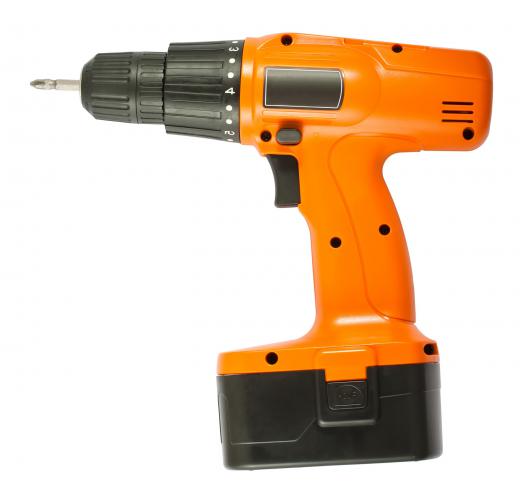A gear motor is a device which allows low-horsepower motors to drive a great deal of force on an object with low speed. It consists of a reduction gear train and an electric motor, which both come fully integrated into an easily mountable and configurable system. The benefit of using gear motors is that they simplify the design and manufacturing of power tools and machines which require high torque, or moment of force, at low shaft speeds or at low revolutions per minute speeds.
One specific type of gear motor is an alternating current (AC) powered electric motor. These motors are very cost efficient and fast, and output can range anywhere between 1,200 and 3,600 revolutions per minute. Torque can be customized to synchronize with normal speeds as well as stall speeds. A small minority of gear motors are direct current (DC) powered. DC-powered motors are primarily employed in the automotive industry as important components of car construction, including windshield wiper motors, power winches on trucks, and power seat or power window motors.

Reducing the speed put out by the motor while increasing the amount of applied torque is a notable feature of the reduction gear trains found in a gear motor. The decrease in speed is inversely proportional to the increase in torque. This relationship means that, in this sort of device, if the torque were to double, the speed would decrease by one half. Small electric motors, such as the gear motor, are able to move and bear very heavy loads because of these reduction gear trains. While the speed and ability of larger motors is greater, small electric motors are sufficient to bear these loads.

Multiplying the torque at a low speed through the use of a small motor is another function of the gear motor. This action serves to increase the applied force from the motor onto an object. Applications for torque multiplication are many and usually center on lifting devices used in the home, manufacturing industry, and hospital settings.
There are many applications in industry and manufacturing for a small motor that applies a tremendous amount of motive force to an object at a relatively low speed. Common appliances that contain a gear motor include power drills, washing machines, mechanical clocks, and cake mixers. In heavy industry, these motors are used to power a wide variety of tools such as cranes, lifts, jacks, clamps, mixing machines, and conveyance machines.
